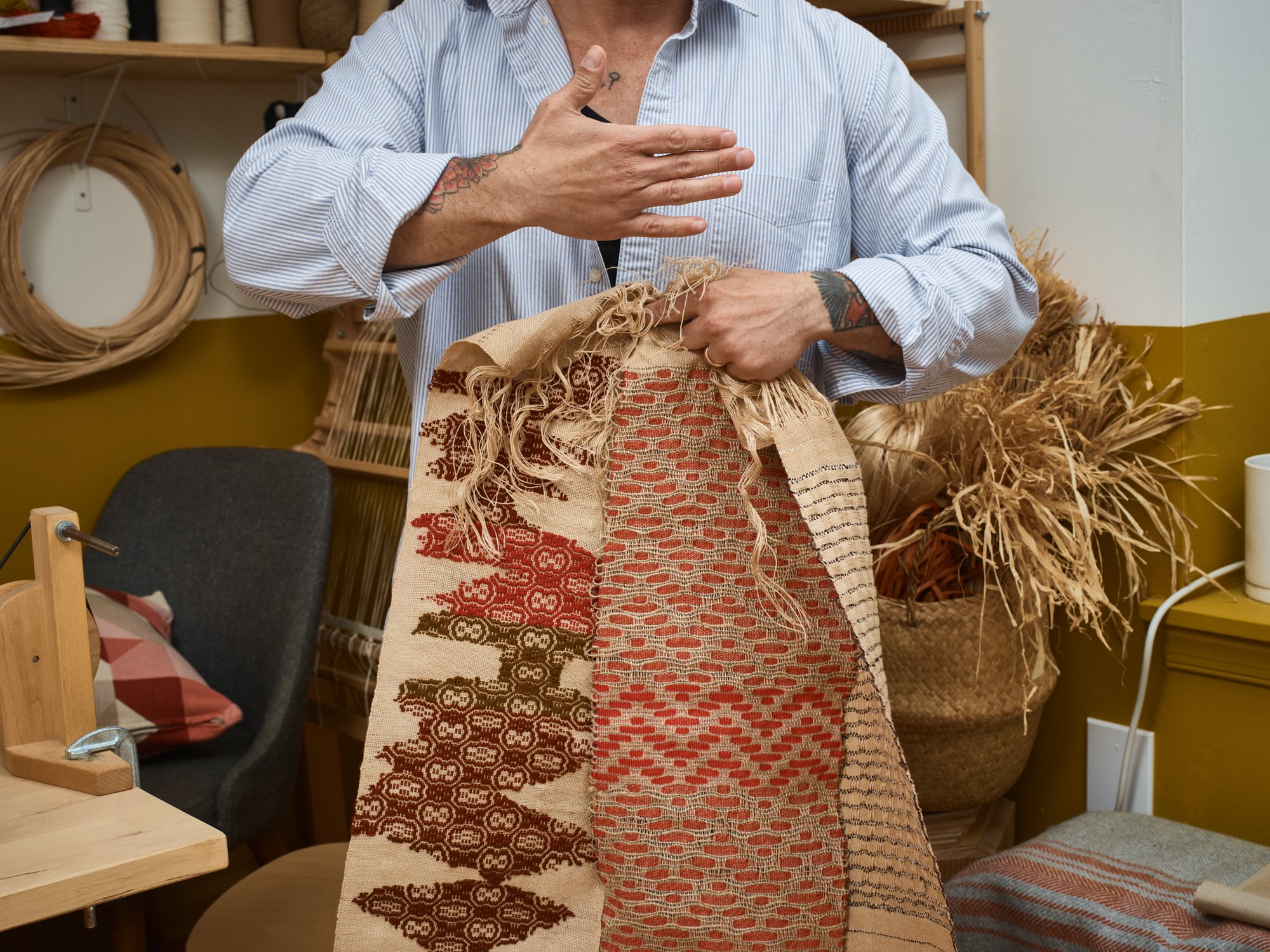What is Duende?
Duende is a term rooted in Spanish and Latin American culture, and for me, it is the heart of both my creative practice and Duende Textile Studio. Federico García Lorca described it as the mysterious force that fills the artist with an urgent, almost visceral need to create. It's not just inspiration, but a profound emotional and physical response — an encounter with something deep and raw that transcends technique and taps into the soul of the work.
In folklore, Duende is often imagined as a mischievous spirit, a force that stirs life in the mundane, reminding us of the magic hidden in the everyday. For me, it’s the essence of art that emerges when a piece takes on its own life, pushing beyond expectation and striking a deeply emotional chord.
At Duende Textile Studio, this spirit is woven into the fabric of every creation. It’s a space where my personal art practice thrives, centered around the tactile exploration of handmade textiles, natural materials, and the intricate relationship between craft and culture. The studio is a working environment where I channel my creative energy into each piece, but it is also a place of gathering — where other artists and makers are invited to collaborate, share ideas, and engage in workshops. Here, we come together to celebrate the joy of creation and the power of community.
Duende Textile Studio is a sanctuary for those who seek curiosity, expression, and connection. It’s a place where art isn’t just made; it’s felt — deeply, wildly, and unapologetically.
Artist Statement
Richie Wilde Lopez is a self-taught weaver and embroidery artist living and working in Philadelphia. With a background in storytelling and fiction, Richie’s artistic practice focuses on weaving narratives of identity, culture, and memory into textiles. Drawing from his Puerto Rican roots and queer elife experience, his work seeks to explore the complexities and joys within these intersecting identities.
Richie’s practice combines traditional techniques of weaving and embroidery with contemporary approaches, creating pieces that connect personal experience with collective memory. Textiles, for him, are materials objects that hold stories, emotions, and moments of life — fragments of joy and pain that are embedded in every thread. Through his work, Richie aims to preserve and share these memories, honoring his heritage while pushing against conventional boundaries of art, craft, and identity.
A community-focused artist, Richie also invites others into his process, offering workshops and collaborative projects to create shared spaces of making and connection. His art becomes a vessel for collective storytelling, where others can explore their own relationships with culture, memory, and belonging.




